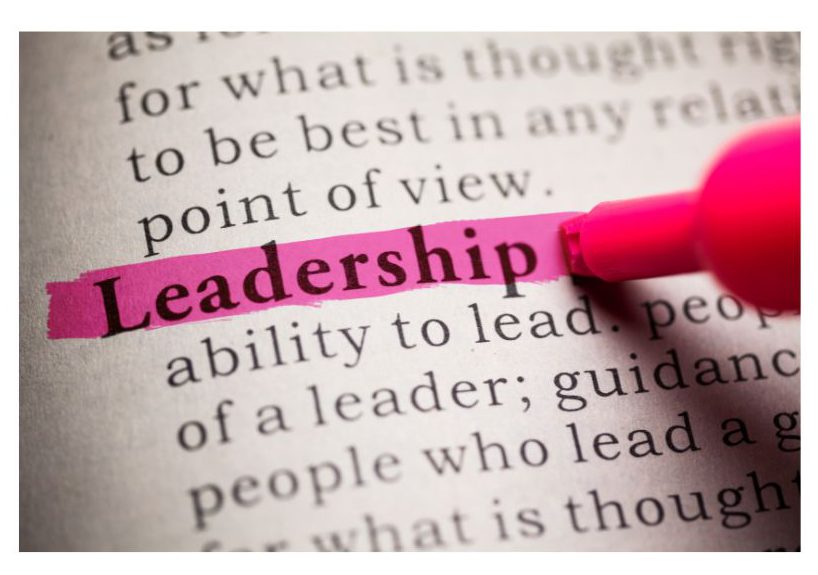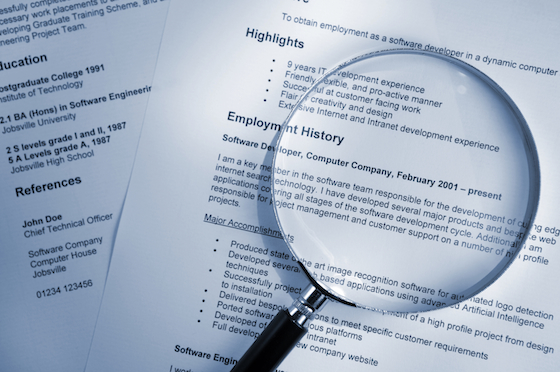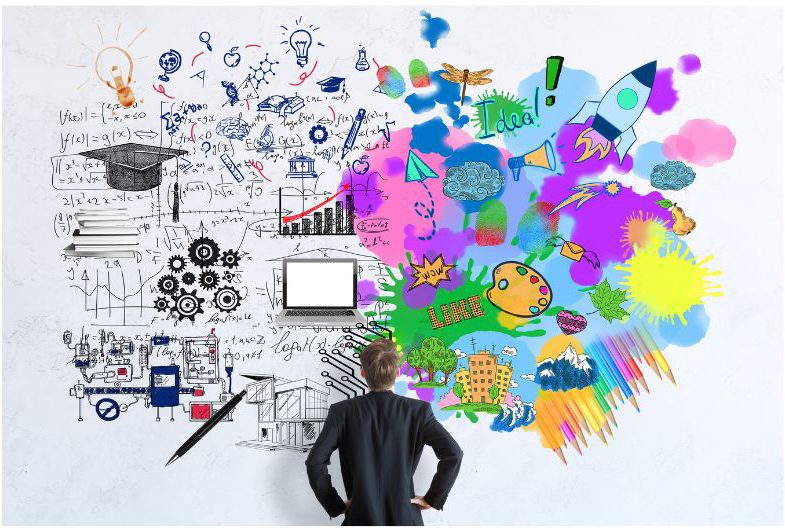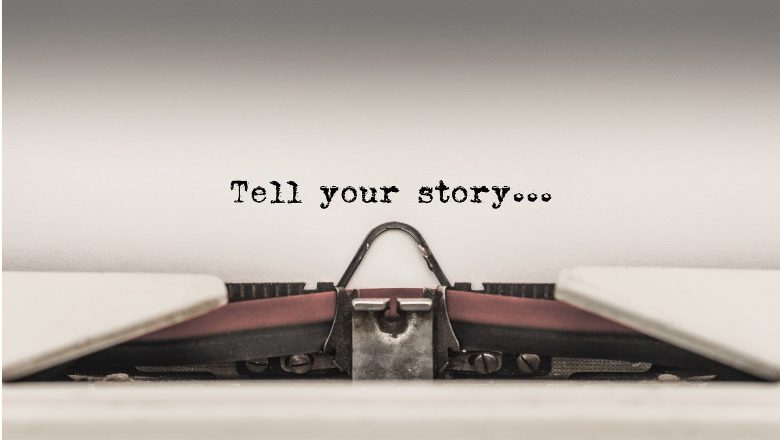
Why (and How) Teens Should Embrace Mindfulness
Posted by
As Ferris Bueller said, “Life moves pretty fast. If you don’t stop and look around once in a while, you could miss it.”
The older I get, the more this quote resonates with me. I’m much more apt now to slow down to appreciate and savor life’s moments. I’m also the parent of a teen who lives his life at a “full speed ahead” pace. Between a desire to do well in school, sports and other activities, hobbies, and friends, my high school student has a lot going on, and sometimes, the pressure gets to him a little.
He’s not alone. Today’s students are navigating numerous challenges, including social expectations, technology that’s infiltrated every aspect of life, and academic pressures. It’s no wonder that many feel overwhelmed, anxious, or stressed. One way to maintain your mental health and equilibrium is to practice mindfulness. The best thing about this practice? It works for anyone, whether young, old, or somewhere in between.
What is mindfulness?
Mindfulness means paying attention to the moment, purposefully and without judgment. It’s hitting the pause button on your autopilot. Think about it. How often are you really present when you’re doing something? How frequently do you multitask — scrolling social media while eating dinner, thinking about that math test while you’re chatting with a friend, juggling multiple projects simultaneously without really dedicating full attention to just one?
When you practice mindfulness, you notice what’s happening right now:
- How you’re feeling
- What you’re thinking
- What’s going on around you
In this moment, you’re not worrying about the past or stressing about the future because you’re focused on the present. Instead, perhaps you’re noticing how you’re breathing when feeling stressed before a big game or a concert solo. Or you’re tasting the food you’re eating instead of shoveling it down so you can get cracking on your homework (or that video game). You’re not emptying your mind per se (which is super hard to do!) but noticing where your thoughts go and gently bringing your attention back to what’s happening right now.
And parents? You might be practicing mindfulness without even realizing it when you put down your work or phone to focus completely on what your kiddo is telling you, or you take a moment to appreciate the morning quiet while savoring that first cup of coffee before the household awakens.
Anyone can use mindfulness to help manage stress, improve focus, and build stronger relationships. You don’t need special equipment or a ton of time. And it’s not about becoming a guru or sitting criss-cross-applesauce for hours (unless that’s your thing). It is a skill you can build, like learning an instrument. Even just a few minutes of mindful awareness throughout your day can make a significant difference in how you handle stress, connect with others, and feel more grounded.
The easiest way to practice mindfulness is to close your eyes, take a few deep breaths, and take note of your surroundings. Maybe you listen carefully to a friend or appreciate the sights and sounds around you during a walk. Mindfulness might mean curling up on your couch or bed and petting your cat or dog, or lying in the backyard hammock and watching the clouds scud by.
Benefits of mindfulness
I’ve alluded to some of the challenges mindfulness can help teens navigate, but before I share other exercises to practice mindfulness, let’s explore some additional benefits for teens who might be struggling with:
- Anxiety, depression or other mental health symptoms
- High-pressure expectations from family, teachers, or themselves
- Relationship issues like arguments with friends or family, or break-ups with their partners
- Responsibilities of school, extracurriculars, or family
Mindfulness helps you notice when you’re feeling stressed or anxious as it’s happening, instead of getting swept away in a maelstrom of emotion. By focusing on the present, you can step back from worries about the future or dwelling on the past, like turning the volume down on the noise in your head.
Ever feel like the world and its demands are pulling your brain in a million directions? Mindfulness can train your attention, making it easier to concentrate on homework, conversations, or what you’re doing in the moment, because it helps you strengthen your mental focus muscle.
Teens often experience intense emotions; sometimes it’s hard to know what to do with those feelings in the moment. Mindfulness helps you become more aware of those feelings without immediately reacting to them. You can learn to observe your emotions, understand them better, and respond more thoughtfully, rather than getting overwhelmed (and yes, this strategy takes practice!).
Mindfulness helps with self-awareness, too. By paying attention to your thoughts, feelings, and body sensations, you understand yourself better — your triggers, values, and needs. This understanding can lead to greater self-acceptance, higher feelings of self-worth, and more confidence.
Raise your hand if you’ve ever had trouble sleeping because you can’t get your brain to shut off. It’s hard to wind down at night if your brain constantly races. Mindfulness can promote relaxation, so it’s easier for you to relax into your bed, fall asleep, and have a more restful night.
When you’re really present with someone — a parent, sibling, friend, partner, teacher, coach, mentor — you listen better and connect more deeply. Mindfulness helps you engage more fully in your interactions with, well, everyone.
Check out these mindfulness techniques

The following mindfulness strategies are some of my teen’s and my favorites.
Breathing
Find yourself breathing too heavily (or too shallowly) when you’re stressed? You’re not alone. Our bodies respond to stress with anxiety, part of the autonomic nervous system’s “fight-or-flight” response. Breathing exercises can help you slow your heart rate and restore a sense of calm. Here are a few different breathing exercises to try:
- Deep breathing: You can sit, stand, or lie down for this one. Relax your stomach and put a hand just under your ribs, on your diaphragm. Breathe in slowly and deeply through your nose, noticing how your hand rises. Breath out slowly through your mouth and focus on your hand falling. Repeat 5-10 times.
- Mindful breathing: Similar to deep or diaphragm breathing, sit comfortably and inhale through your nose while feeling your stomach expand and slowly breathe out through your mouth. Allow your mind to wander, notice the thoughts as they appear. Don’t judge them, but let them go and refocus your attention on your breathing. Keep repeating until you feel calmer.
- 4-7-8 breathing: Breathe in on a count of four seconds, hold your breath for seven seconds, and exhale on a count of eight seconds. Repeat 3-5 times. This breathing technique is beneficial for activating your parasympathetic nervous system, can improve your sleep quality, and by enhancing oxygen intake and blood flow to your brain, help with focus and concentration — great before a big test.
Body scan meditation
Ok — body scan meditation may sound like something out of a dystopian novel or sci-fi movie, but it’s a pretty effective way to connect with how your body is feeling. It may feel a little weird at first, but you might find it helpful for calming down and becoming more aware of your body.
Imagine you’re slowly bringing your attention to different parts of your body, one by one. You might start with your toes, move up to your feet, ankles, calves, thighs, and so on, right to the top of your head.
As you focus on each area, your only “job” is noticing any sensations like warmth, coolness, tingling, pressure, or a sense of nothing at all. There’s no right or wrong way to feel. You’re tuning in and taking an imaginary internal X-ray of your body. That’s it.
How does this body scan help? Well, it might identify a body part that you didn’t even realize hurts. Like, if you’re stressed about school or your social circle, a body scan tells you that your shoulders are tight or you’re clenching your jaw. A scan doesn’t fix anything, but it does bring awareness to your body’s signals.
Usually, you do a body scan lying down or sitting comfortably. Someone (or an app, detailed walk-through, or video) can guide you through it, or you can do the scan on your own. Remember — you’re not trying to change how you feel. You’re merely observing and taking note.
Mindful stretching
Mindful stretching is similar to regular stretching, but with an added layer of awareness. Instead of going through the motions to improve your flexibility, you’re paying attention to what’s happening in your body and mind while you stretch.
When you normally stretch your hamstrings, you probably bend over to touch your toes, focusing on how far you can reach. But with mindful stretching, you also notice things like:
- How the stretch feels in your legs — is it a gentle pull or more intense?
- Where else in your body you feel sensations — like a slight pull in your lower back or tightness in your triceps.
- What thoughts pop into your head as you hold the stretch, like your “to-do” list, an upcoming test, or what you’re having for dinner — or are you fully focused on your body?
- How your breath feels — is it shallow or deep?
Mindful stretching is a great way to reconnect with your body after sitting for a long time, whether in class or while studying. You might notice tension you didn’t even realize was there. The goal of this stretching isn’t about becoming super flexible but about being present with your body’s experience. This awareness can help you identify areas of tension, understand your body’s limits, and potentially bring a sense of calm to your movement.
Visualization
Need permission to daydream? Here you go — with a slight caveat! Instead of letting your mind wander with random thoughts, visualization asks you to create mental images with intention. You might imagine a peaceful place, like a beach, forest, or your favorite place to be, or picture yourself successfully achieving a goal. You’re running a movie in your head, and you’re the star.
Visualization is a great way to tap into mindfulness because it gives your busy mind something specific to focus on. Here are a few ways you could use it:
- Create a calm space. When you’re feeling stressed or overwhelmed, close your eyes and visualize a place where you feel safe and peaceful — your bedroom, a backyard hammock, a made-up fantasy world. Focus on the details — colors, sounds, smells, and how it makes you feel — to help you feel more grounded and calm in the present.
- Visualize positive outcomes. Have a big test, performance, or game coming up? Visualize yourself doing well, not in a pressured way, but in a way that builds confidence. Imagine yourself feeling calm, prepared, and focused, and feeling good after. This strategy helps reduce anxiety and increases your sense of capability.
- Body awareness. You can use body awareness during a body scan. Instead of noticing just sensations, imagine a wave of relaxation moving through that part of your body. Or picture a warm light surrounding it. This visualization can deepen your awareness even further and generate an even greater sense of ease.
Hobbies

We also engage in a few mindful creative hobbies to help boost our mental health. My son and I play piano. He also plays the trumpet. It’s very relaxing to sit at the keyboard and noodle around or revisit a favorite piece. We both like to work out the melodies and harmonies of some of our favorite musicians.
We’re both doodlers and drawers. My son loves drawing anime. I paint and hide kindness rocks around our hometown. When we’re “in the zone” with our art, the rest of the world fades away. It’s very meditative.
So is throwing with clay! I took a pottery wheel class this past fall, and after my body remembered how to center clay, I lost myself for hours each class as I threw pots and plates. The connection between my hands and the clay, transforming a shapeless lump into something usable while tuning out politics, dinner plans, upcoming deadlines, or my struggling sports team, meant a few hours of uninterrupted peace that I looked forward to for the three-month class.
Pace yourself
First, you don’t have to incorporate all of these techniques immediately and simultaneously. It’s fine to start small with simple, short exercises. Doing a body scan when you wake up and begin to think about the day ahead, or taking a few minutes for some mindful breathing when needed, is a great start. As you become more comfortable with these techniques, you can add more, spend longer doing the exercises, increase their complexity (or do a combination of all three — whatever makes sense for you).
The biggest piece of advice? Create a routine and try to maintain consistency. Incorporating mindfulness into your daily routine, when you wake up, break for lunch, get home from school or your job, or just before bed. If technology’s your thing, check out some of the apps that help practice mindfulness. Most have a free trial, so you can take them for a test ride and decide whether it’s worth paying for a monthly or annual subscription. Here are a few of our faves.
If all of these suggestions feel a little “woo-woo,” I get it. Some people still think of mindfulness as sequestering yourself away with incense and maybe a candle or two, sitting cross-legged, and meditating all day, but it’s so much more. Researchers have conducted recent studies to determine whether exercises like those I shared above have a genuine benefit or merely a placebo effect.
For example, this study on Mindfulness-based interventions (MBI) examined 11 different studies to determine MBI’s effectiveness for students. Its conclusion? MBI programs used in schools have a positive effect on students’ well-being and mental health. Another 2023 study, published by JAMA Psychiatry, also concluded that mindfulness-based stress reduction (MBSR) helps people reduce stress and improve emotional regulation by providing them with practical techniques to navigate that stress. A third 2023 study analyzing the effect of mindfulness on adolescents concluded that formal mindfulness-based practices benefit students.
You can’t deny that navigating your teen years and school and relationships and everything else the world throws your way isn’t exactly a walk in the park. Hopefully, some of the strategies I shared here will help smooth your journey a bit.
Blog Categories
- Career Advice
- College Admissions
- Colleges & Universities
- Financial Aid and Scholarships
- For Counselors
- For Parents
- For Students
- Gap Years
- Mental Health and Wellness
- Online Learning
- Performing and Visual Arts
- STEM Majors and More
- Summer Programs
- Teen Volunteering
- Trade & Vocational Schools
- Tutoring & Test Prep

Organization with listings on TeenLife? Login here
Register for Free
We’re here to help you find your best-fit teen-centered academic and enrichment opportunities.
Forgot Password
"*" indicates required fields








